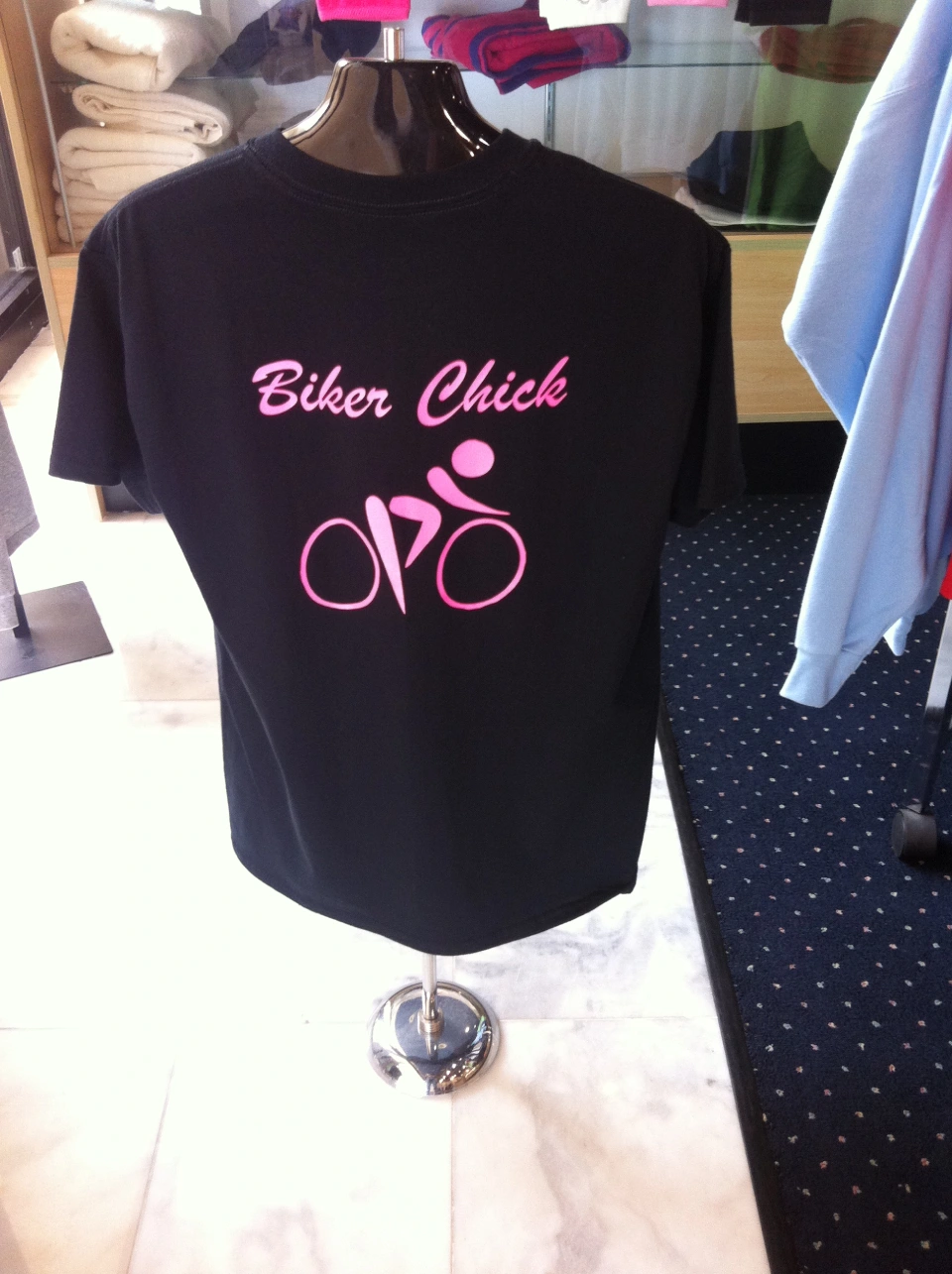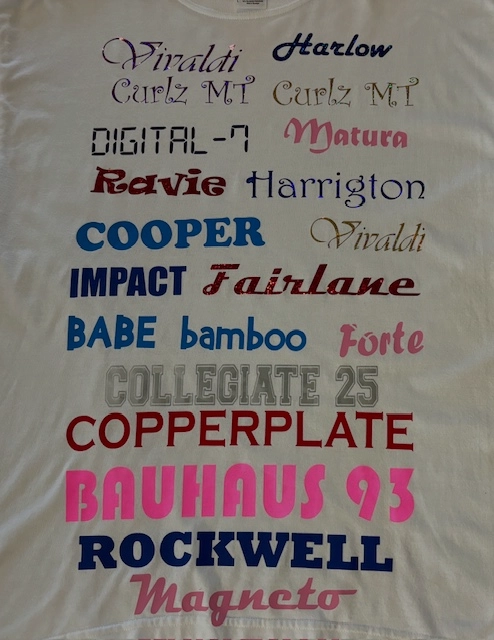Heat Transfer on T-Shirts and Aprons - Custom-made Layouts and Logos
Heat Transfer on T-Shirts and Aprons - Custom-made Layouts and Logos
Blog Article
The Art of Custom-made Needlework: Unlocking the Keys to Creating Unique and Memorable Styles
The keys to producing custom-made embroidery layouts that astound the eye and leave a lasting impact lie in a fragile balance of strategy, imagination, and interest to detail. As we dive right into the world of custom embroidery, we reveal the nuanced interplay between string option, sew complexity, and design customization that raises a plain garment to a job of art.
Selecting the Right Embroidery Threads
When selecting needlework strings, what key aspects should you take into consideration to guarantee the very best results for your custom-made layouts? The choice of embroidery string is critical in figuring out the last result of your embroidered style. Among the key considerations is the material of the thread. Different materials such as cotton, polyester, rayon, and silk use varying degrees of sheen, sturdiness, and appearance. It is essential to choose a string material that complements the material you are embroidering on and lines up with the preferred appearance of the layout.
Additionally, the weight or thickness of the thread plays a considerable function in the appearance of the embroidery. Thicker strings can add dimension and texture to your design, while finer strings are excellent for complex information and little text. In addition, taking into consideration the shade fastness and washability of the thread is crucial to ensure that your personalized layouts preserve their top quality and vibrancy over time. By carefully reviewing these variables and choosing high-quality threads that fulfill your certain demands, you can enhance the aesthetic appeal and long life of your stitched developments.
Exploring Different Stitch Methods
To look into the world of 'Checking out Different Stitch Techniques', one need to understand the details and nuances that each sewing approach offers the art of embroidery. Different stitch techniques not only add visual rate of interest but likewise add to the overall appearance and measurement of the design. One prominent stitch strategy is the satin stitch, which involves closely stuffed parallel stitches to produce a smooth and glossy surface area, perfect for filling out shapes and developing bold details.
On the various other hand, the backstitch is a versatile technique typically made use of for outlining and adding great details. It entails stitching backward to produce a strong line of needlework. Additionally, the French knot stitch includes a responsive element to designs, ideal for creating distinctive accents like blossom centers or decorative touches.
Checking out different stitch methods allows embroiderers to play with light, shadow, and depth within their designs, raising the visual charm and creative high quality of their needlework jobs. By mastering numerous sewing approaches, one can open limitless opportunities for developing unique and unforgettable customized embroidery items.
Incorporating Personalized Style Components
Having actually discovered the ins and outs of different stitch strategies such as the satin stitch, backstitch, and French knot, the emphasis now moves towards including individualized design components in custom-made embroidery tasks. Customized layout aspects play an essential duty in making embroidery tasks genuinely unique and remarkable.
One more means to integrate personalized style components is by including icons or themes that hold special meaning to the recipient or mirror their interests and personality. Including a favored blossom, pet, or hobby-related symbol can make the needlework layout much more purposeful and individualized. Additionally, selecting shades that reverberate with the recipient or align with the designated motif can additionally boost the personalization of the embroidery task.
Understanding the Art of Color Coordination

One trick aspect of shade coordination is understanding color theory. This consists of knowing exactly how various colors connect with each other, the feelings they convey, and exactly how they can be incorporated to create visually enticing designs. By applying color concept concepts, embroiderers can read the article create harmonious shade schemes that enhance the general appearance of the design.
Furthermore, focusing on contrast is crucial in color control. Using contrasting colors can aid specific elements of the style pop, enhance clarity, and produce a visually vibrant embroidery piece. By mastering the art of shade control, embroiderers can elevate their styles and create remarkable items that resonate with customers and customers alike.
Enhancing Structure With Advanced Needlework Stitches

Bullion knots, on Bonuses the other hand, can be made use of to produce twisted, ropelike components that add an extravagant feel to the needlework. Experimenting with these advanced needlework stitches allows you to push the borders of conventional embroidery and develop truly special and visually attractive structures in your layouts.
Verdict
Finally, the art of custom embroidery includes a combination of picking the right strings, checking out different stitch methods, incorporating personalized design aspects, mastering shade coordination, and boosting structure with innovative stitches. By comprehending and carrying out these crucial elements, embroiderers can produce unique and unforgettable designs that display their imagination and ability. Embroidery lovers can unlock the tricks to creating beautiful and custom pieces that stick out and leave a lasting perception.
Report this page